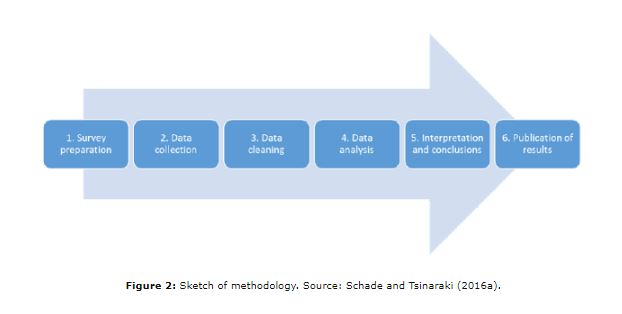Abstract: This study explores the motivations and barriers for participation and persistence in an innovative citizen science pilot project with Virginia Master Naturalist volunteers. The project combines self-guided online training, in-person meetings, and collaboration through social networking and “mental modeling” to support on-the-ground development and execution of citizen science projects developed by participants. Results suggest that the two strongest motivators for volunteers to participate in the project were an interest in the environment and an interest in protecting a local natural resource. Our findings indicate that volunteers with more prior experience participating in citizen science projects and those with higher gross incomes were more likely to persist in the project. Our data also suggest that decisions to persist or drop out of the project were influenced by volunteers’ time commitment, their ability to use the online tools, the perceived relevance of the resources, and the saliency of the project. Projects that arose from pre-existing environmental issues seemed to be more salient and may have enhanced volunteer persistence. We discuss the influence of our findings and the implications for the development of future citizen science projects.
Source: Frensley, T., et al., 2017. Bridging the Benefits of Online and Community Supported Citizen Science: A Case Study on Motivation and Retention with Conservation-Oriented Volunteers. Citizen Science: Theory and Practice 2(1), p.4. DOI: http://doi.org/10.5334/cstp.84
